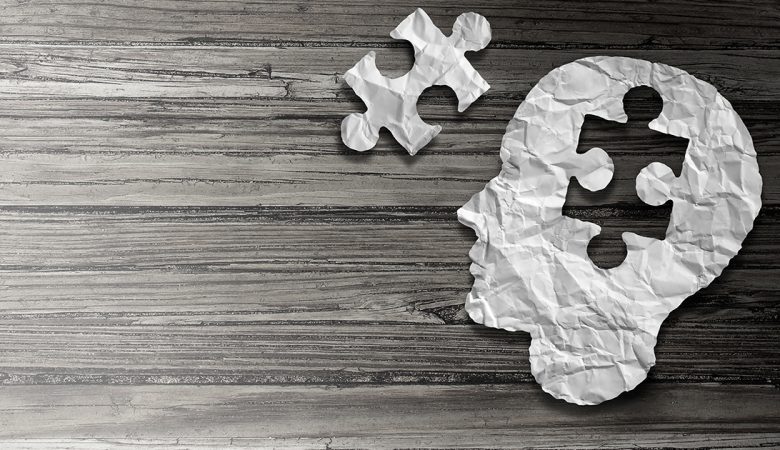
Does it affect life at home, at school or at work?
Take 5 minutes to complete the Warning Signs Checklist and discover whether you or your child could have learning difficulties that are impacting your life, and what to do about it.
Take The Free Warning Signs Checklist!
For most of the 20th century, medical science assumed the brain was a static organ. Knowledge processing and intelligence were considered permanent genetic attributes that could not change. Schools often created a caste system: students labelled as slow were assumed to stay slow and high achieving students were kept to high standards with no room for shortcomings.
Modern neuroscience identifies a very different reality. Rather than acting as static organs, our brains change as people acquire experience and knowledge.
| “The Nobel Prize in Medicine in 2000 went to Eric Kandel, who showed that when learning occurs, the brain can change its circuits and new connections can be made. These findings have been used to remedy learning disorders that were supposedly inborn. We are not, it turns out, merely slaves of our DNA.” Dr Norman Doidge |
Learning is more than just stuffing a brain with knowledge to be processed in a set way.
Neuropsychiatrists like Eric Kanel discovered that learning literally changed brain structure. No one was limited by DNA: brains rewired as people learned, suffered trauma or injury, or experienced new situations. With the right stimuli, a brain could improve processing ability and heal from injury.
This process of stimuli is known as Neuroplasticity and its discovery has revolutionized the treatment of brain injury, mental illness and learning disabilities.
What is Neuroplasticity?
Neuroplasticity describes the formation of new neural connections. This compensates for injury and disease or aids adaptation to new situations. For example, if a stroke damages the right side of the brain, with proper stimuli, the brain can start compensating for this injury by forming neural connections with the left side.
This process is termed “axonal sprouting” as the undamaged axons (nerve fibres) grow new endings to reconnect severed pathways or develop new pathways.
The process is similar to the creation of a new hiking trail when an original trail gets destroyed. The new trail arrives at the destination but in a different way. The end result is still the same.
Stimulating Neuroplasticity
| “Using the brain actually increases the number of connections among brain cells. The more we think, the better our brains function – and here’s a welcome surprise – at any age.” Larry McCleary, M.D. |
As Dr. McCleary states, the more thinking, the better functioning. This is welcome news to those fearful of dwindling function as they age. Those who suffer a brain injury or learning disability are also relieved that with the right exercise, they can improve their functioning.
Today, Neuroplasticity has developed into a way to improve memory, reading, and other foundational brain skills. This often contain a series of “brain exercises” to accomplish that task. This is an example of positive Neuroplasticity.
Neuroplasticity and Learning Disorders
Neuroplasticity is relevant to learning disorders in two ways. One, it explains how past experiences can affect learning disabilities. Research indicates that learning disabilities have a genetic component but may also intensify with the wrong stimulation. Punishing a child for failure to perform to standards, or a history of abuse, increases the fear response, which may worsen the disability. However, home environments rich with positive stimulation may help children function better.
Two, Neuroplasticity is also an effective response to learning disorders. Children and adults who suffer from these challenges do not lack intelligence or even the desire to do well. They simply have brains that are wired differently or inefficiently. With a combination of guidance and cognitive exercises based in theories regarding neuroplasticity, students can effectively change their brain structure so that the learning disability is barely noticeable or even disappears. By actively targeting and developing the required areas of their brain they can build that new trail in their brain that leads them to the desired destination.
Neuroplasticity proves DNA is not destiny. By defining the brain as a dynamic, not a static, organ those who suffer brain injury or learning disabilities have hope in meeting their life goals.
Subscribe to our newsletter and receive regular articles and resources to help you or your child perform better at school, home or work.
suscribe now
Post Your Comment Below